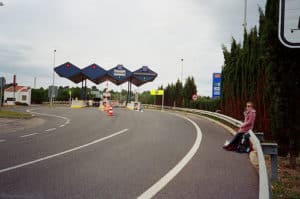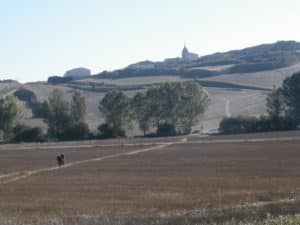Table of Contents
A day of travel costs in Kuala Lumpur
Thanks to the status of KL’s airport as a major regional hub, Malaysia’s capital city is likely to feature on many itineraries for Southeast Asia. Many travelers will stop at least in Kuala Lumpur before moving on to their next destination, while for others a short sojourn in KL could be the stepping stone to further exploration of this wonderful country.
On my backpacking trip ’round Southeast Asia earlier this year, I stayed in KL four times. My love for the city increased with each visit, and I could happily live there. What makes it a really special place to me is the fundamental openness of its soul – embracing and blending different religions, languages, cultures, architectural styles, and cuisines.
As the capital city of one of the more developed economies in Southeast Asia, getting by on a shoestring budget in KL can be a little trickier than in some parts of the region. However, there is so much on offer here that competition is high and there are a lot of options to choose from, for example in accommodation and restaurants.
Exchange rate: approximately 4 Malaysian Ringgit = 1 US dollar (Sept ’17)

ACCOMMODATION
In KL, accommodation is likely to be the biggest expense and the most challenging to reduce. It’s just not possible to find accommodation as cheaply in KL as it can be in neighboring Thailand. However, compared to prices in Singapore, KL’s accommodation is a bargain. A basic double ensuite room in KL costs around 105 RM (25 USD), compared to 15 USD for Bangkok and 42 USD in Singapore. So for accommodation costs, KL is a middle-of-the-road destination compared to the rest of Southeast Asia. For a solid budget hotel, try Tune Hotel and for a high-quality hostel, look at Back Home KL. Kuala Lumpur is also home to some 4-star hotels at outrageously low prices.
TRANSPORT
TRAINS
KL has an excellent infrastructure, with a low cost, efficient mass transit system of underground trains and monorails covering a large network right across the city. A ticket from KL Sentral to the Petronas Towers costs 1.6 RM. Tickets are easy to buy, the maps are easy to use and stations easy to find, plus the passengers are polite and will often give up their seats to others – including to travelers with heavy backpacks! There will be no need to ever take a taxi in most of KL, unless you want to. The city’s transport system can even take you beyond KL on daytrips, for example to the Hindu shrines at Batu Caves on the KTM Komuter line. A ticket from KL Sentral to Batu Caves costs 2 RM (50 cents).
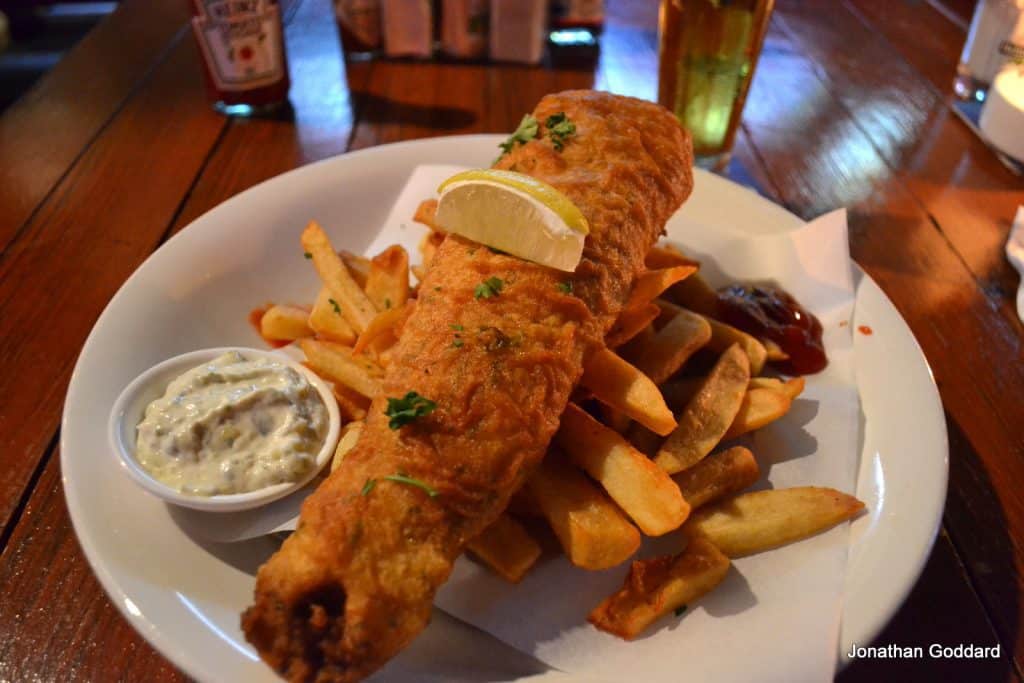
Buses & KL International Airport
The airport is connected to the city by train and bus. The train is faster and more expensive, but the cheaper way to travel is by bus, taking one hour. It’s perfectly comfortable and costs 10 RM (2.50 USD).
For longer distance journeys by land, the city is served by Bandar Tasik Selatan (BTS) bus station in the south (accessible by rail from KL Sentral). BTS is laid out more like an airport and is considerably better than any bus station I’ve been to in the West.
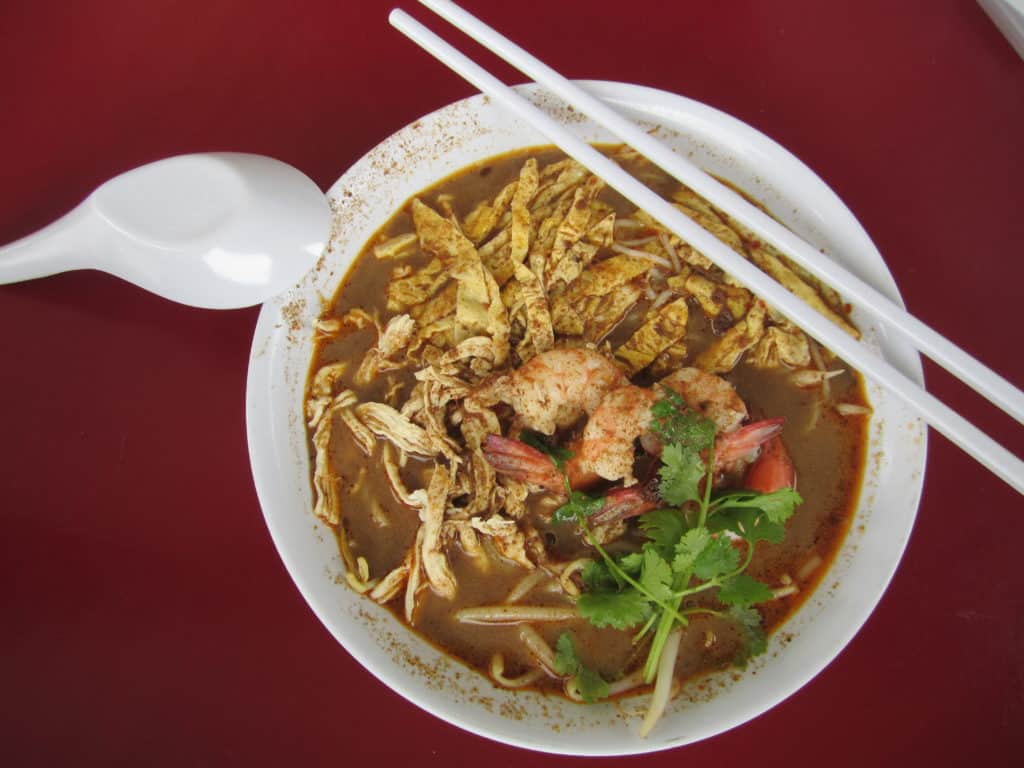
FOOD
You can eat very well and cheaply in KL, even in the Golden Triangle area. 10 RM (2.50 USD) will buy you a sit-down main meal and a non-alcoholic drink at the best budget restaurants. There’s a range of street food and fresh fruit juices available too, and delicious high-quality offerings of many different world cuisines. Here’s your guide to Malaysian food.

A day’s typical travel costs in Kuala Lumpur
Breakfast: free in guesthouse
Transport: Bukit Bintang to KL Sentral (2 RM)
KL Bird Park: adult admission 67 RM
Lunch: schwarma kebab (10 RM) and fresh fruit juice (8 RM)
Islamic Arts museum: 14 RM
National Mosque: free
Lake Gardens: free
Dinner: Middle Eastern platter (30 RM) or butter chicken with iced tea (10 RM)
Total: 131 RM = 31 USD
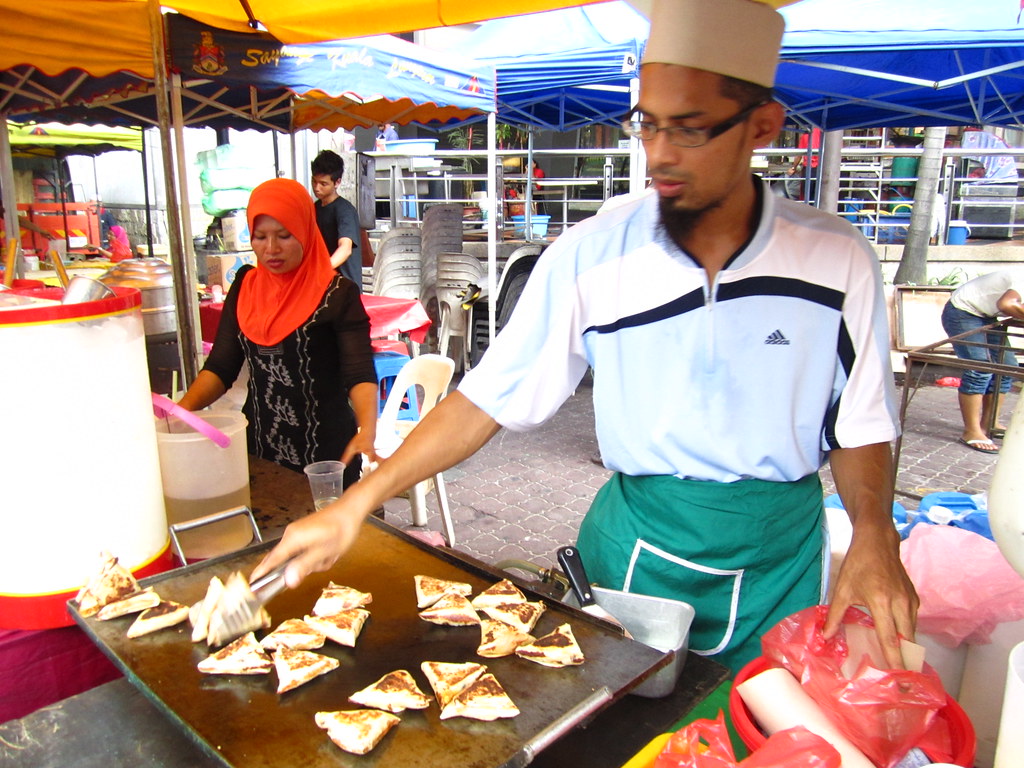
There are ways to make it cheaper by omitting expensive sights and attractions like KL Bird Park (although it is great). Or you could limit the expensive treats and have cheaper days before and after, to lower your average daily expenditure.
Overall KL makes for one of the best budget destinations in Southeast Asia. Despite the higher than regional average cost of accommodation, there are lots of other ways to save money. With affordable and efficient public transport, low prices for most essentials and easy accessibility of interesting sights and things to do, there is no need for the expensive day trips and tours you can end up taking elsewhere in Southeast Asia.




